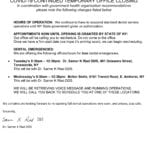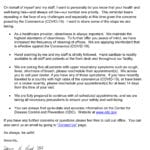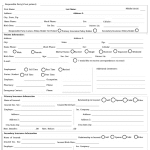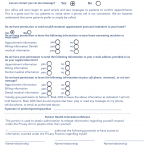
Dental excellence continues into our patient’s financial care. Navigating your insurance plan and payment options is our continued commitment to our personal relationship.
- We can submit all insurance forms for you.
- We want to help you recover the most from your benefits.
- We want you to be able to afford the treatment you need and want.
- Complete payment plans can be designed with payment schedule.
Forms of payment: Check, Cash, All Major Credit Card(s)
You should be able to get better financing for the smile you want. That’s why we proudly offer CareCredit® financing (upon credit approval).
- Easy to apply. [In person, Online or Smartphone]
- Flexible + convenient budgeting.
- No interest promotional period(s).
- Available on purchases $200 and up.
Flexibility in use:
- Invisalign®
- Teeth Whitening
- Dental Implants
- Dental Care, Cosmetic treatments
Post-Op Instructions
Why are my teeth sensitive?
Sensitive teeth often come from the fact that your gums have slightly receded. This recession of the gum line allows the underlying dentin to show through which allows water and food easier access to the sensitive nerve. To manage this, there are a number of toothpastes, gels and even some dental procedures that can be applied. Speak to us in more detail if you have very sensitive teeth.
What should I do to prevent gum disease and tooth decay?
Great teeth and gum care start at home. Brushing and flossing on a daily basis is the best way to take care of your teeth and gums on a continual basis. By keeping to a daily routine you will greatly minimize the risk of gingivitis or tooth decay as you age.
What is Gingivitis?
Gingivitis is a condition caused when bacteria surrounds the teeth and enters the gums. The gums can become irritated, inflamed and often bleed. In order to prevent the condition from worsening, regular hygiene visits are highly recommended. During your visit, our Hygiene team will teach you the proper flossing techniques and Oral Hygiene protocol for Home Care will prevent the Periodontal Disease.
What is Periodontal Disease?
Periodontal Disease is a quiet disease that begins with little or no symptoms. It is caused by bacteria that surrounds the teeth and enters the gums. The immediate condition is known as ‘gingivitis’. The gums become irritated, inflamed and often bleed. If not properly treated, the condition worsens. Noticeable symptoms now appear. They include:
- Bad Breath
- Gum Recession
- Gum Sensitivity to Acidic Foods
- Abscesses
- Tooth Pain
- Tooth Loss
How Do You Treat Periodontal Disease?
Periodontal Disease is a chronic condition that needs immediate attention. Through a series of Periodontal Cleanings, Root Planing & Scaling, Laser Therapy and Local Antibiotics, this condition can be controlled. Periodontal Surgery is only necessary for severe cases.
What is the Difference Between a White Filling and a Silver Filling?
Silver Fillings known as Amalgam have been around for decades. Made from a metal alloy, it was the best restoration for fillings. The metal expands and contracts with the heat and cold placed in the mouth. This allowed for little bacteria to enter a tooth once filled; keeping the tooth healthy and strong.
White Fillings, also known as composites are often made of plastic or glass polymers. These cosmetic fillings allow us to fill a cavity with a substance that will look and feel just like your existing tooth structure. This restoration is created with a resin material and fits tightly into a tooth to prevent decay. Rather than a gray or silver material in your mouth, the composite color will match the tooth color.
Below you will find a wide array of interesting and educational links that we feel will benefit your understanding and knowledge of your dental health.
If you have a suggestion for a link that you feel would be of interest, please feel free to email it to us so we can share it with all of our patients.
Dental Associations
Dental Procedures and Topics
Air Abrasion
Anesthesia
Bad Breath
Braces
Bridges
Bruxism
Canker Sore
Composites/Bonding
Crowns
Digital X-ray
Extractions
Flap Surgery
Flossing
Fluoride
Gum Disease
Impacted Teeth
Implants
TMJ
Lasers
Oral Cancer
Plaque
Scaling and Root Planning
Sealants
Sensitive Teeth
Tooth Decay





